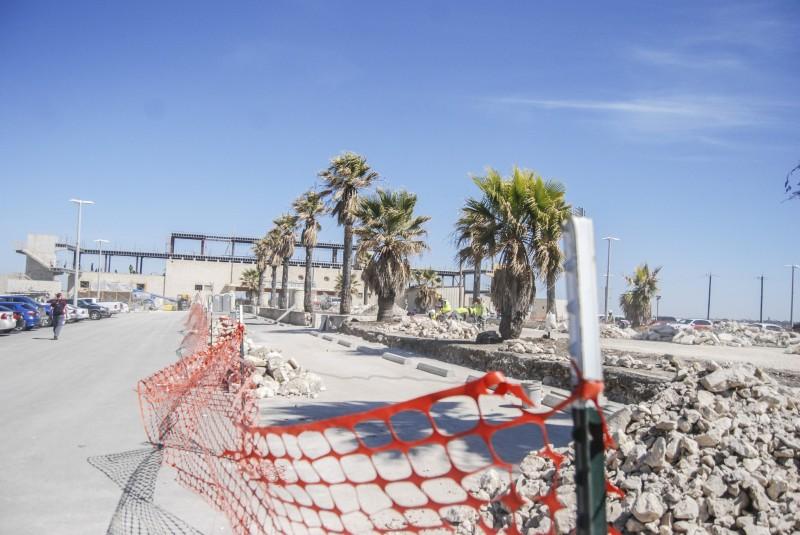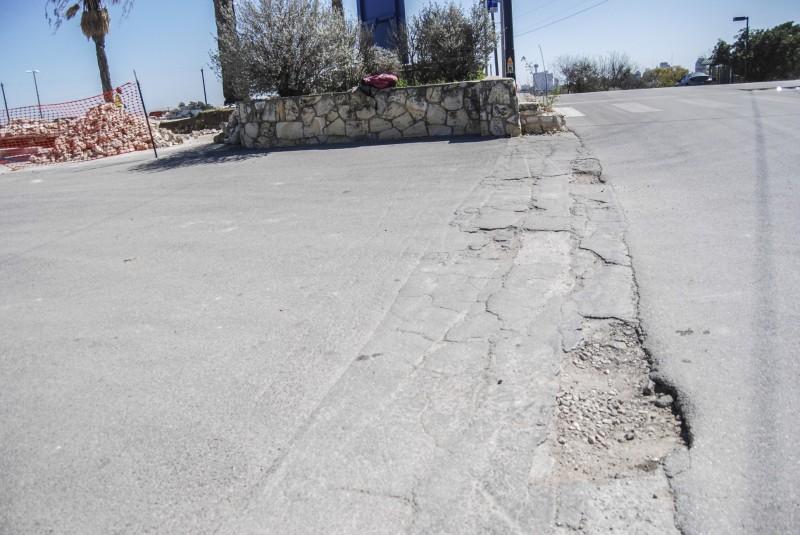Trinity community members are feeling parking pressure due to construction projects over the past years of the Center for Science and Innovation (CSI) and Alamo Stadium, as well as the increase in events on Trinity’s campus.
“They continue to have [the symphony events] but they’ve been better about sending emails. It’s still up in the air as to whether the second Alamo Stadium parking lot will be closed,” said senior psychology major Madeline Estes. “Usually if the first one is closed then you can still use the other one, but for some reason they were both blocked off [for a Feb. symphony event], and I had to park in the Bell Center. I feel like I paid for a parking permit, so I would like to have a place to park and not have to walk a super long distance.”
Senior urban studies and English major Michelle Padley has different opinions about parking, suggesting parking convenience and low permit prices are benefits for Trinity students not always enjoyed at other universities.
“A lot of the parking here is very conveniently close. A lot of campuses have parking very clustered and far away, and then you’d walk onto campus and just have to walk everywhere around,” Padley said. “We on this campus manage to have parking that is both convenient and accessible to buildings but also allows us to have a walkable campus, which I think is really unique and goes unappreciated. I definitely can see the parking frustration in people, but I think a lot of it is uncalled for.”
According to Peter Perez, assistant chief of the Trinity University Police Department (TUPD), events held on campus such as the San Antonio Symphony puts a particular limit on parking. However, they remain important parts of university community outreach.
“We have a lot of parking, but we have these big events that put a big strain on certain members of the community. We do our best to meet that challenge,” Perez said. “There are times, for instance with the recent events from the San Antonio Symphony, due to construction Lot B behind Laurie Auditorium, where we used to park the buses in reference for events so that we could have kids walk across the street instead of coming from Alamo Stadium, that lot is closed down because of construction.”
Alamo Stadium is currently also undergoing construction. According to Andrea Rodriguez, San Antonio Independent School District (SAISD) Bond Communication Major, Trinity is in its fifth year of a 25-year contract with SAISD for use of the two parking lots nearest to the entrance when events are not taking place at the stadium. However, construction has somewhat limited parking as well. Rodriguez was informed by contract planning that “it is scheduled so that at least one lot will be available for Trinity.”
“The purpose of construction is to make Alamo Stadium ADA accessible because obviously the stadium was built in 1940, so that’s important. There will also be different utility upgrades to make it safe and bring it into the 20th century, as well as overall renovation to bring Alamo Stadium up to today’s standards and different criteria,” Rodriguez said.
Alamo Stadium construction is scheduled to be completed this June but does not include maintenancing the potholes on Stadium Drive, which is the responsibility of the City of San Antonio. City representatives did not respond to Trinitonian attempts to contact.
According to John Greene, Director of Campus Planning and Sustainability, campus construction projects which may have an effect on parking will also be concluding by this fall.
“In August, the CSI contractor currently occupying the B Lot located north of Laurie Auditorium will be complete and that lot will be available. It hasn’t been available for about three or four years, so it would be nice to get that back. Also, part of Lot B or the Chapel lot is also occupied by the contractor working in Marrs McClean, and that will be done by August as well,” Greene said. “Hopefully the challenges with all of this space will be behind us, and we will be facilitating improved parking on upper campus, other than that Prassel Garage always has spaces in it.”








